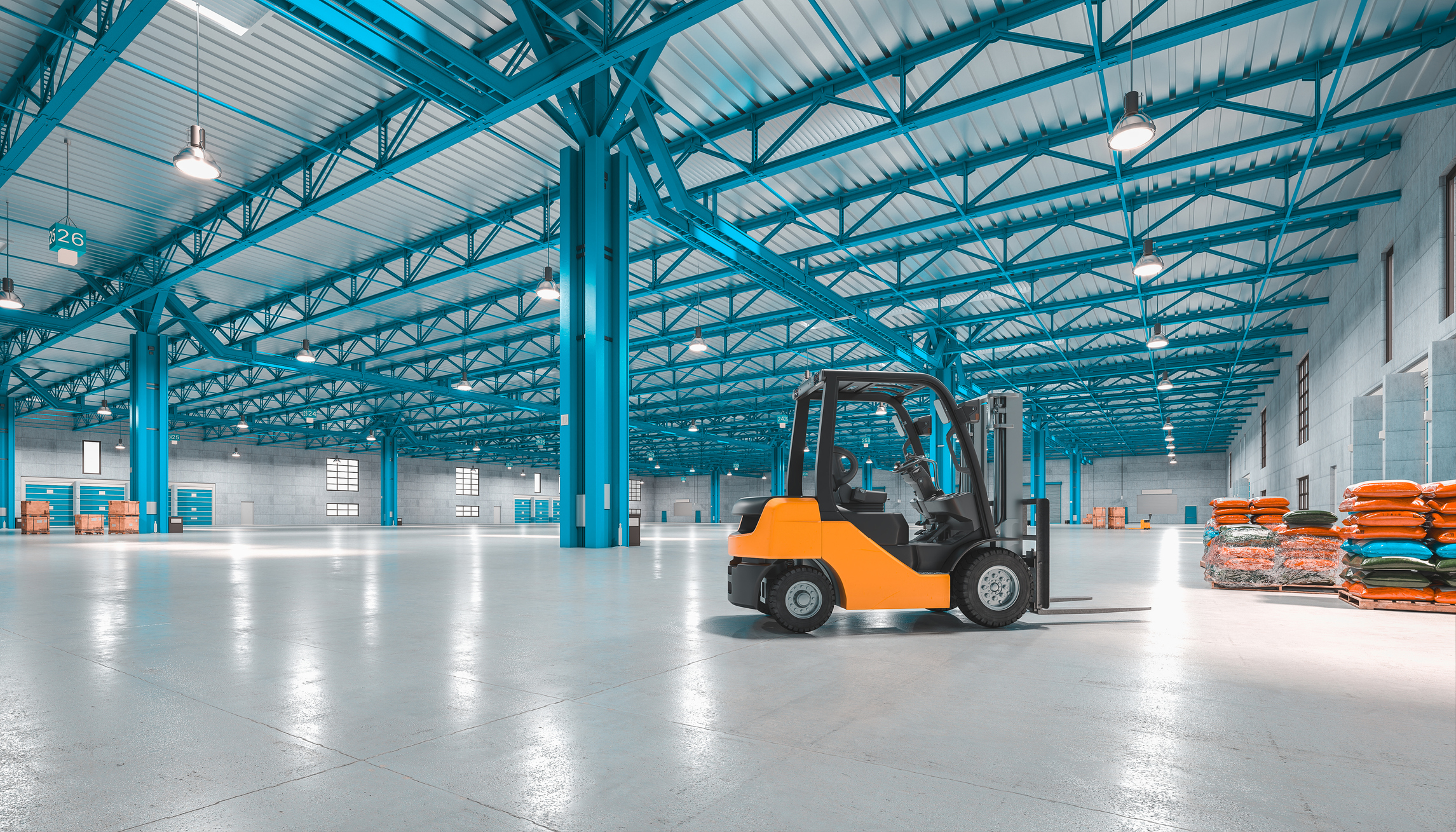Intro
Over the last few years, cheap money was pumped through the economy as relief coming to aid pandemic pains, but money can only be cheap for so long. With interest rates rising at an unprecedented speed, we wanted to slow things down and write a little bit about why leasing is going to start making more and more sense for you and your organization.
Purpose of Leasing
The first and most obvious reason to lease is simple: if you don’t want to own the equipment in the end.
Secondly, leasing is great for fast-moving technology. If an organization is looking at equipment that is still growing. 15 years ago, phones were in infancy stages and every five years there was a huge jump from the last to the next. Now, as T9 and flip-phones have become obsolete and smartphones are matured, the jump in technology is becoming smaller and smaller every year.
Lastly, equipment leasing works well for specific projects. If a company needs equipment for a construction project coming up but is unsure of if there will be a contract afterwards, leasing for the duration of the project is the most appropriate way to go.
Benefits of Leasing
Leasing, instead of purchasing, equipment can provide you capital and free up your budget for the fiscal year. The ability to customize leases from 3-5 years gives even more flexibility with the spending and saving, per month.
Once your lease comes to an end you have many options to choose from so you can do whatever is best for your business. Some options include returning the equipment, returning and replacing with new and improved assets, renewing your equipment, or purchasing your equipment.
We recognize that every business is different and that’s why we believe leasing is the way to go when it comes to your equipment as it gives you the flexibility to customize it to align with your business needs.
Types of Leases
Equipment leases are typically one of two types; Operating Lease and Finance Lease. An operating lease allows a company to use an asset for a specific period of time without ownership. The lease period is usually shorter than the economic life of the equipment. At the end of the lease, the lessor can recoup additional costs through resale.
And sometimes known as a finance lease or capital lease, this lease structure is similar to an operating lease in that the lessor owns the equipment purchased. It differs in that the lease itself is reported as an asset, increasing your company’s holdings and its liability.
Components of a Lease
An equipment lease agreement comprises certain terms that form the basis of the contract. Some of these terms may include:
- Lease duration
The lease duration will depend on the company’s needs and the cost of the equipment. A typical duration is usually between 36 months and 72 months. - Financial terms
The equipment lease agreement includes terms such as the timelines on payments – for example, when the periodic payments are due and the last due date for late payments. - Payment due to the lessor
The payments are spread over several months until the expiry of the lease period or when the lessee takes ownership of the equipment. - Market value of equipment
Some equipment is expensive, and the lessee needs to understand the market value of the equipment before getting into the contract. Knowing the market value helps the lessee assess the insurance costs to protect against the equipment being lost or damaged. - Cancellation provisions
The equipment lease agreement must include guidelines for an agreement cancellation. A business may decide to cancel the agreement midway, either because they find an alternative or because the equipment is defective or outdated. Some leasing companies may charge punitive penalties if the actual penalty rates were not disclosed at the initial stage. - Lessee renewal options
Lessee renewal options provide guidelines on the renewal process at the expiry of the lease period.
As this is a short and sweet intro to equipment leasing we encourage you to reach out to our sales team if you would like to discuss your business needs further. We look forward to hearing from you!




